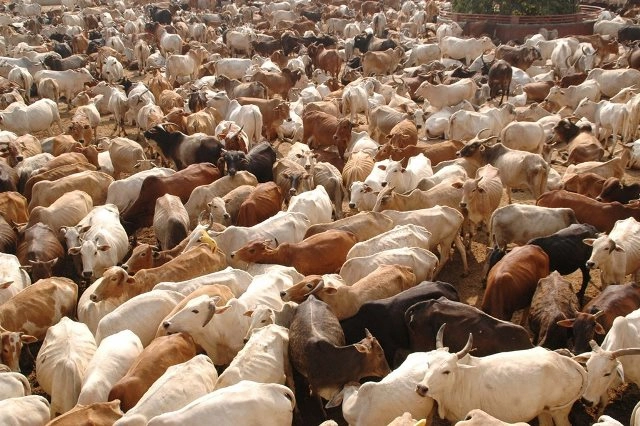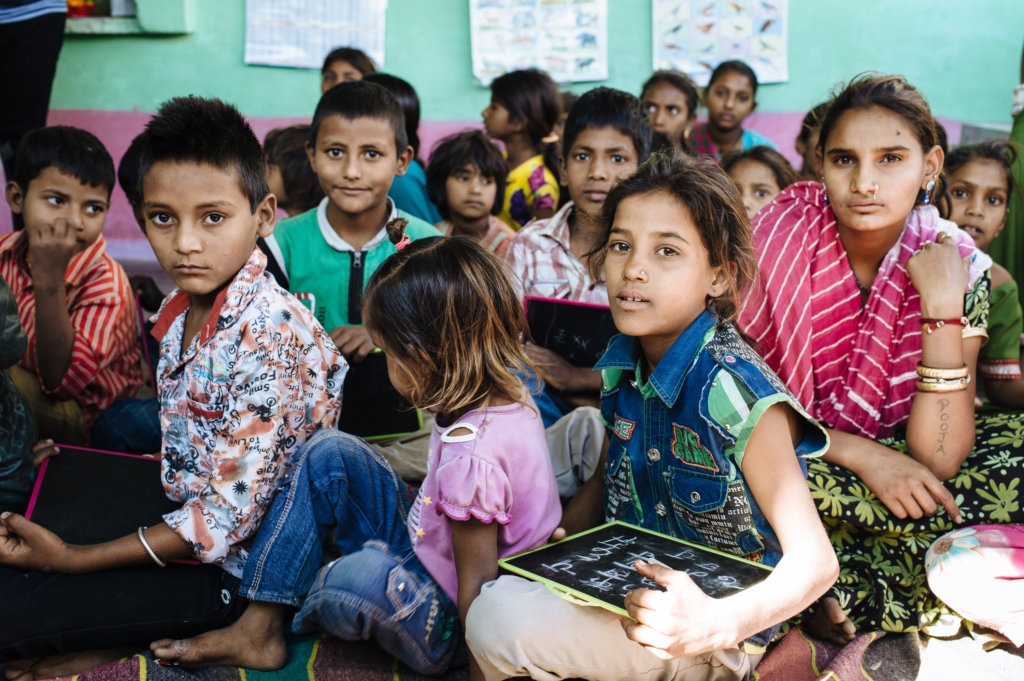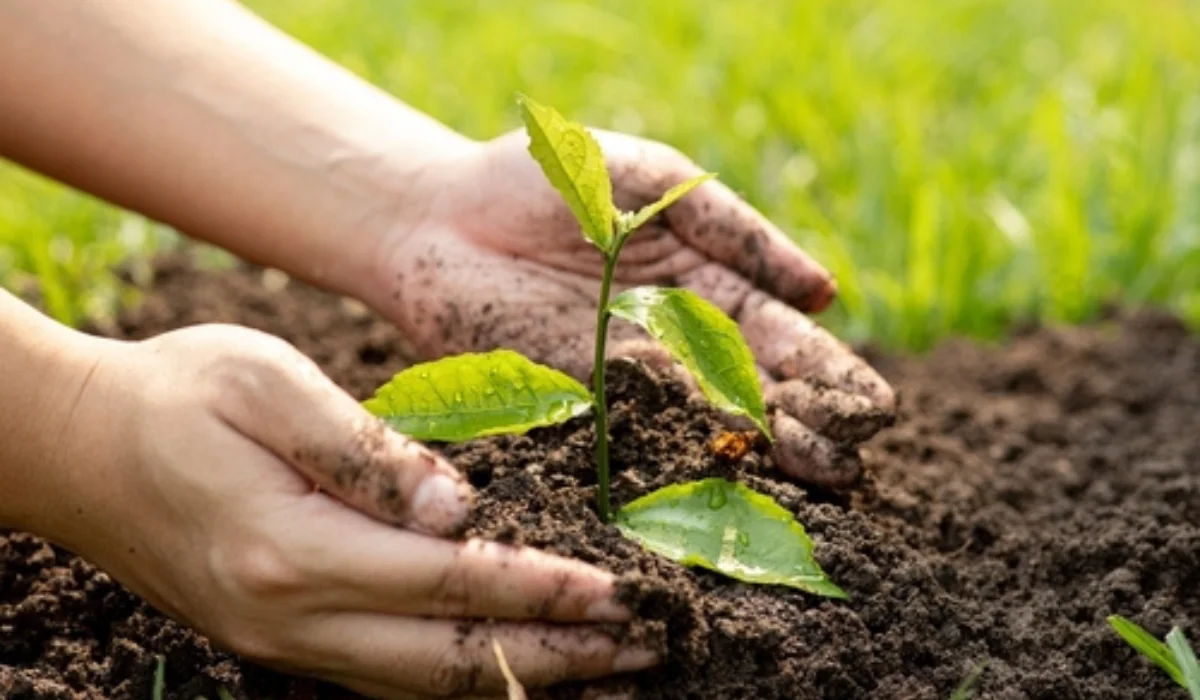OUR ACTIVITIES
Rescue cows from Slaughter
Many cows as young as one day old are slaughtered for the pleasure of humans. We rescue cows from such slaughterhouse which are illegal (Most of the slaughterhouses are illegal in India), we purchase the cows from butchers to save the cows and provide them with permanent home in our Gausadan.
Rescue cows from illegal transport
Strengthen Legislation: Advocate for stricter laws and regulations to prevent illegal cattle
transport. Ensure penalties for violations are severe enough to deter offenders.
Increase Enforcement: Work with local law enforcement and animal welfare organizations to
enhance the monitoring of cattle transport routes. Regular checks and surveillance can help
identify and stop illegal activities.
Public Awareness Campaigns: Educate the public about the issue of illegal cattle transport and
the suffering it causes. Increased awareness can lead to more community support and vigilance.
Support and Collaborate with Animal Welfare Organizations: Partner with organizations that have
the resources and expertise to rescue and rehabilitate cows. This includes providing financial
support, volunteering, or collaborating on rescue operations.
Hotlines and Reporting Mechanisms: Establish and promote hotlines or online platforms where
people can report illegal cattle transport. Ensure these reports are followed up promptly.
Provide Safe Havens: Create or support sanctuaries and shelters where rescued cows can be
rehabilitated and live safely. Ensure these facilities have the necessary resources to provide
proper care.
Legal Advocacy and Support: Offer legal support to prosecute those involved in illegal cattle
transport. This could include funding legal actions or providing expert testimony in court.
TEMPLE CONSTRUCTION
Objectives: Spiritual Sanctuary: Create a space for worship and spiritual activities that align with the cultural and religious significance of cows in many traditions. Community Hub: Develop a communal area that fosters social cohesion and community activities. Educational Center: Integrate educational programs about cow welfare, sustainable agriculture, and environmental conservation. Choose a location that is easily accessible to the community and has sufficient space for the temple and associated facilities. Ensure the site is environmentally sustainable and conducive to the welfare of cows. Design and Architecture: Collaborate with architects and designers to create a temple that reflects cultural and spiritual values. Incorporate eco-friendly materials and sustainable building practices. Plan for areas dedicated to cow welfare activities, such as shelters and grazing fields. Funding and Resources: Community Involvement: Engage the local community through participatory planning meetings and feedback sessions. Offer opportunities for the community to contribute through volunteer work, donations, and other forms of support. Programming and Activities: Develop a schedule of spiritual services, community events, and educational workshops. Offer classes on topics such as cow care, organic farming, and environmental stewardship. Create spaces for meditation, prayer, and other spiritual practices. Long-Term Sustainability: Establish a management team to oversee the temple’s operations and maintenance. Develop partnerships with local businesses and organizations to support ongoing activities and programs.
WOMEN's DEVELOPMENT & EMPOWERMENT
Objectives: Economic Empowerment: Provide women with opportunities to gain financial independence through skill development and entrepreneurship. Education and Training: Ensure women have access to education and training that enhance their knowledge, skills, and personal development. Health and Well-being: Promote the physical and mental health of women through access to healthcare and wellness programs. Social Empowerment: Encourage women's participation in community and leadership roles. Project Plan: Economic Empowerment: Skill Development Programs: Offer training in various trades such as tailoring, handicrafts, animal husbandry, organic farming, and small-scale business management. Microfinance and Grants: Provide access to microloans and grants to help women start their own businesses. Collaborate with financial institutions to offer low-interest loans. Market Linkages: Create platforms for women to sell their products, such as local markets, online stores, and partnerships with larger businesses. Education and Training:
BOOK's DISTRIBUTION FOR POOR PEOPLE
Objectives: Promote Literacy: Ensure that children and adults in underprivileged communities have access to books to improve their reading and writing skills. Enhance Education: Support formal and informal education by providing textbooks, reference materials, and educational resources. Encourage Lifelong Learning: Foster a love for reading and learning by providing a diverse range of books. Project Plan: Collection and Procurement of Books: Book Donation Drives: Organize book donation drives in schools, colleges, offices, and community centers to collect gently used and new books. Partnerships with Publishers: Collaborate with publishers and bookstores to receive surplus or discounted books. Grant Applications: Apply for grants and funding from organizations that support educational initiatives to purchase new books. Categorization and Sorting: Sort by Age and Subject: Categorize books according to age groups (children, teenagers, adults) and subjects (literature, science, mathematics, etc.). Quality Control: Ensure that all books are in good condition and relevant to the educational needs of the recipients.
HEALTH AWAIRNESS CAMPAIGNS
Promote Preventive Health: Educate communities about the importance of preventive measures to avoid diseases and maintain good health. Increase Health Literacy: Enhance knowledge about common health issues, symptoms, and when to seek medical help. Encourage Healthy Lifestyles: Advocate for healthy lifestyle choices, including nutrition, exercise, and mental well-being. Project Plan: Identifying Key Health Issues: Conduct community assessments to identify prevalent health issues such as diabetes, hypertension, malnutrition, infectious diseases, and mental health problems. Collaborate with local healthcare providers and public health organizations to understand the specific health needs and challenges of the community. Developing Campaign Content: Educational Materials: Create brochures, posters, videos, and social media content on various health topics such as hygiene, nutrition, disease prevention, and mental health. Workshops and Seminars: Develop interactive sessions led by healthcare professionals to discuss health topics and answer questions. Health Fairs: Organize health fairs that provide free health check-ups, screenings, and educational booths.
TREE PLANTING
Objectives:
Environmental Conservation: Increase green cover to combat climate change, reduce carbon
footprint, and enhance biodiversity.
Community Engagement: Involve local communities in tree planting activities to foster
environmental stewardship.
Educational Outreach: Raise awareness about the importance of trees and environmental
sustainability.
Project Plan:
Site Selection and Preparation:
Identify Suitable Locations: Collaborate with local authorities to identify suitable public
spaces, such as parks, schools, roadside areas, and degraded lands for tree planting.
Soil Testing and Preparation: Conduct soil testing to ensure the selected sites are conducive
for tree growth. Prepare the land by clearing debris and ensuring proper soil conditioning.
Tree Selection:
Native Species: Prioritize planting native tree species that are well-adapted to the local
climate and soil conditions. Native trees support local wildlife and ecosystems.
Diverse Selection: Choose a diverse range of tree species to enhance biodiversity and resilience
against pests and diseases.
Tree Planting Events: Organize regular tree planting events with the help of volunteers and
community members. Provide necessary tools and guidance for proper planting techniques.
Educational Programs: Conduct educational sessions and workshops to teach participants about the
importance of trees, proper planting methods, and tree care.
School Programs: Collaborate with schools to integrate tree planting activities into the
curriculum and involve students in hands-on learning experiences.
Tree Care and Maintenance:






